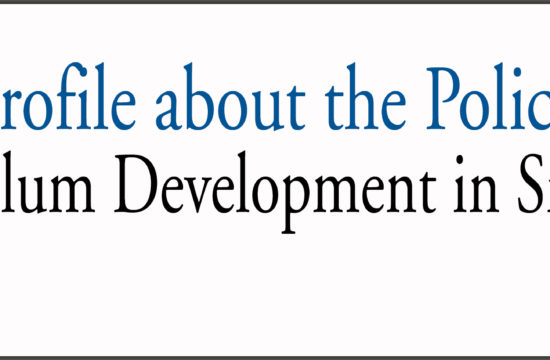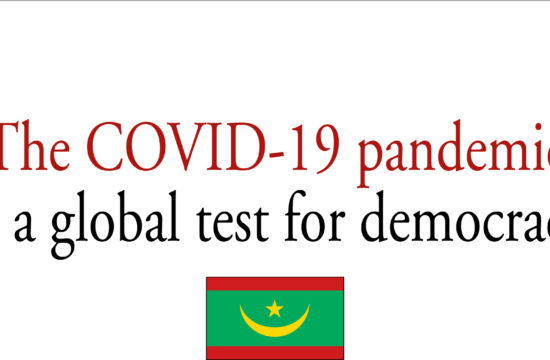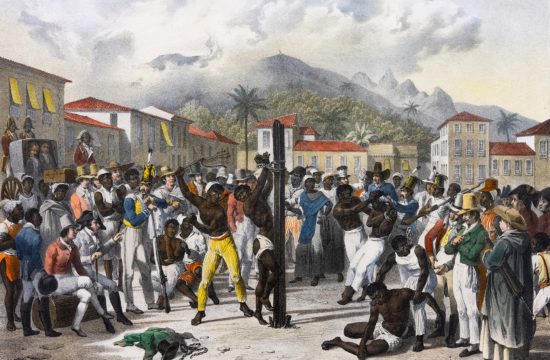A new threshold in PoliTeknik’s Internartional Project „Extension of Human Rights to Education“, started in January 2017
The Charter of the United Nations (1945) proclaims that one of the purpose of the United Nations is to promote and encourage respect for human rights and fundamental freedoms for all. This call was fi rst given concrete expression with the promulgation of the Universal Declaration of Human Rights by the United Nations General Assembly in 1948. Adopted against the background of the horrors of the Second World War, the Universal Declaration was the fi rst attempt by all States to agree, in a single document, on a comprehensive catalogue of the rights of the human person.
As its name suggests, it was not conceived of as a treaty but rather a proclamation of basic rights and fundamental freedoms, bearing the moral force of universal agreement. Its purpose has thus been described as setting “a common standard of achievement for all peoples in all nations”. Broadly speaking, the Universal Declaration sets down two broad categories of rights and freedoms – civil and political rights, on the one hand, and economic, social and cultural rights, on the other.
• Article 22 says everyone’s rights to social, economic and cultural rights are „indispensable“ … for the „free development of his personality“.
• UDHR – 26.
Article 1. Everyone has the right to education. Education shall be free, at least in the elementary and fundamental stages. Elementary education shall be compulsory. Technical and professional education shall be made generally available and higher education shall be equally accessible to all on the basis of merit.
Article 2. Education shall be directed to the full development of the human personality and to the strengthening of respect for human rights and fundamental freedoms. It shall promote understanding, tolerance and friendship among all nations, racial or religious groups, and shall further the activities of the United Nations for the maintenance of peace.
Article 3. Parents have a prior right to choose the kind of education that shall be given to their children.
• Article 29 repeats the holistic vision of human rights, saying: „Everyone has duties to the community in which alone the free and full development of his personality is possible“.
However, almost 7 decades have passed after the UDHR declaration by UN and the world community has seen the signifi cant progress of UDHR in dubious pace. In most of the IIIrd world countries the pace of universalization of education is still a dream. Let us see what happened after UDHR declaration in the world.
I.Education for all by 2000 (Jomtien declaration): In 1990, at the World Conference on Education for All, in Jomtien, Thailand, 155 countries including India took a pledge to ensure education for all by the year 2000. Needless to mention that this declaration remained incomplete by
II . Dakar Framework 2000 (Education for All by 2015): In April 2000, 180 of a total of 193 countries came together for the World Education Forum in Dakar (Senegal). The countries acknowledged that quite a significant number of — people from the disadvantaged class, with low socio- economic status, aremained without adequate access to education and came up with six objectives to be achieved by 2015.
Thus the EFA goal remained unfinished in most of the developing countries by 2015 as committed by the world community.
III. SDG-4 Education 2030 and “ensuring inclusive and equitable quality education and lifelong learning opportunities for all” by 2030: During the year 2015 the UN member states signed Sustainable Development Goals in its General Assembly. World community has also signed in “Incheon Declaration” called “Education 2030”. Having fully endorsed and embraced the vision, principles and targets of Education 2030. This is a more ambitious goal than ‘Education for All’ (EFA) goal which remained unfinished in most of the countries including India.
• Only one third countries have achieved all the measurable goals of EFA.
• Half of the countries could complete universal primary enrolment.
• One third of countries did not reach gender parity inbprimary education;
• Half of countries did not in secondary education
• 121 million children and adolescents were still out of school in 2012.
Some challenges and concerns:
• In third world countries the governments are not investing enough for education. The trend in education financing is not inclusive for SDG agenda.
• Rising trend of education privatization. Mushrooming privatization in education marginalized the poor from right to education. All these impact on the poor and marginalized; widen inequality even further; and weaken the
public education system
• The UDHR and other international covenants like ILO article 182 and 138 are still not binding on member countries in practical terms.
• The agencies like World Bank and International business bodies are keeping an eye on promoting low fee private schools to earn money from the unfinished goals of earlier commitments of EFA.
• Rich countries are not on course either: Even at the fastest rate of progress ever seen in the region, 1 in 10 countries in Europe and Northern America would still not achieve universal upper secondary education goal completion by 2030.
• Universalizing upper secondary completion for womenin sub-Saharan Africa by 2030 would result in 300,000 to 350,000 fewer child deaths per year in 2050.
• In low income countries, universalizing upper secondary completion by 2030 would increase per capita income by 75% by 2050 and bring poverty elimination forward by 10 years.
Universal upper secondary completion by 2030 would prevent up to 50,000 disasters related deaths per decade by 2040-2050.
Within this backdrop project which is a global collective formed by academics, social workers, teacher’s unions, students’ associations and civil society organizations, coordinated by PoliTeknik Journal, have initiated a reflection process that led us to present a proposition of extension of UDHR’s article 26, in what concerns the Right to Education.
We have been doing various activities of analysis and propagation, including symposia, seminars, publications and technical discussions between people and participant organizations and institutions, in which we would like to base, soon, for UN’s General Assembly appreciation, a project to extend referred UDHR’s article 26. This project aims to update the set of duties and rights evolved on the functional architecture of Human Right to Education and, therefore, to strengthen the implementation of political and institutional actions to it’s full accomplishment.
Dear friends the 2030 Agenda for Sustainable Development calls on us to develop holistic and integrated responses to the many social, economic and environmental challenges we face. This means reaching out beyond traditional boundaries and creating effective, cross-sectoral partnerships.
In conclusion we can see that the UDHR article 26 as committed by world community long back is still a distant dream for learners of developing world. Second the state is not fulfilling its role in universalization of education rather its opening the doors for private sector to commercialize education through their policies, plans on reducing the funds for education sector. Thus it puts marginalized community in more disadvantaged position.
Thus this campaign “Extension of Human Rights to Education” Continental Coordination for Asia (CCAS) where we are seeking your cooperation.
Sincerely
In the Name of the CCAS Members
Mr. Ramakant RAI
INDIA
CCAS MEMBERS
INDIA:
– All India Federation of Teachers Organizations (AIFTO)
– All India Secondary Teachers‘ Federation (AISTF)
– United Teachers Association (UTA-Uttar Pradesh)
SRI LANKA:
– Union of Sri Lanka Teachers Solidarity (USLTS)
– All Ceylon Union of Teachers (ACUT)
– All Ceylon Union of Teachers Government (ACUT-G)











